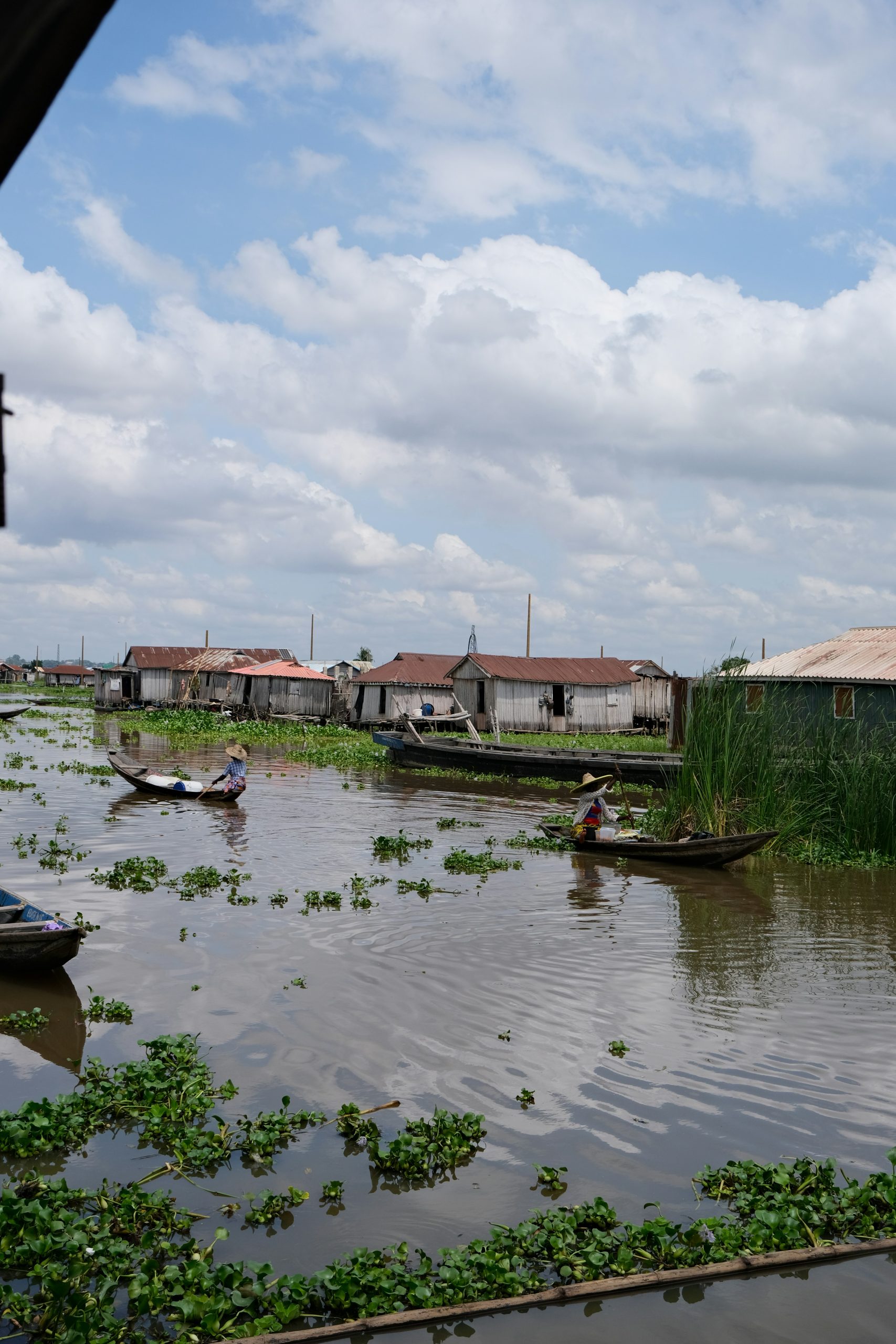Introduction
Flood Settlements are among the most vulnerable areas in any city. These are neighborhoods where homes sit near rivers, wetlands, or stormwater paths, making them highly exposed to flooding when heavy rain falls. Climate change has turned what used to be occasional disasters into regular, predictable crises. For millions of people living in these areas, a single storm can wipe out years of progress.
This article outlines practical, evidence-based strategies to protect lives and strengthen resilience. From community-led drainage plans to safer construction and transparent funding, every step here can reduce damage and save lives. The solutions are affordable, effective, and ready to use now.
Flood Settlements: Understanding the Scale of the Challenge
Flood Settlements exist because urban growth often outpaces formal housing. People build where land is available, even if it’s unsafe. Without solid drainage, proper roads, or disaster planning, heavy rainfall turns these spaces into pools of destruction. Residents face broken homes, contaminated water, and disease outbreaks.
The biggest challenge is not just the weather—it’s poor planning and underinvestment. Climate change adds new pressure, with storms growing stronger and more frequent. Recognizing the scale of this problem is step one: millions live in these risky areas, yet most local budgets for flood prevention are tiny. Addressing Flood Settlements means facing both inequality and climate risk together.
Flood Settlements: Map Risk and Plan Locally
You can’t fix what you can’t see. The first step in managing Flood Settlements is accurate, community-based mapping. Residents often know exactly which homes flood first, which drains overflow, and which lanes stay dry. Combine this knowledge with satellite imagery and basic elevation data.
Maps should show evacuation routes, safe zones, and potential shelter points. Updating them yearly ensures they remain useful. Once mapped, these visuals help governments target the most urgent upgrades—like clearing blocked culverts or building raised walkways. Local mapping builds awareness and gives residents a direct voice in planning for safety.
Flood Settlements: Strengthen Homes and Materials
Houses in Flood Settlements are usually built from lightweight materials that can’t handle prolonged water exposure. Yet, small design tweaks can make a big difference. Raising door thresholds, sealing wall bases, and adding concrete aprons can prevent water from seeping inside. Using rust-resistant metal and treated wood extends a home’s life.
Encouraging residents to store documents and valuables in waterproof containers and to elevate electrical outlets also prevents dangerous losses. These low-cost upgrades, combined with community training in safe building techniques, create homes that can withstand repeated floods. Stronger homes mean fewer evacuations and faster recovery.
Flood Settlements: Improve Drainage Systems Now
Blocked drains are one of the main reasons Flood Settlements flood so easily. Even well-built homes can’t withstand rising water if drainage fails. Cleaning and maintaining existing drains should be a top priority. Schedule pre-rainy-season desilting and weekly checks during peak months.
Add simple solutions: silt traps at the top of lanes, open trenches that are easy to clean, and protective grates to prevent clogging. On steep areas, small barriers or gabions can slow water flow and prevent erosion. A visible, community-backed drainage program turns flood control from a reactive to a proactive effort.
Flood Settlements: Build Early Warning and Response Systems
Every minute counts when storms hit. Flood Settlements need localized early-warning systems that reach people directly. SMS alerts, WhatsApp groups, mosque loudspeakers, and local sirens can all spread messages quickly. These systems must use clear, simple language and be tested regularly.
Households should keep “go-bags” with essentials: ID cards, cash, medicines, and phone chargers. Evacuation drills every few months help communities respond calmly and efficiently. When warnings arrive early and are trusted, lives are saved, and panic is reduced. The technology already exists—coordination is what’s missing.
Flood Settlements: Health, Hygiene, and Safety After Floods
Floods don’t just destroy homes—they create health crises. Stagnant water becomes breeding grounds for disease. In Flood Settlements, sanitation systems are often the first to fail. Flood-smart toilets on raised platforms and secure waste systems are critical.
Emergency response should include hygiene kits, chlorine tablets, and quick water testing. After a flood, disinfecting homes, clearing waste, and drying bedding prevents outbreaks. Health workers and community volunteers can conduct rapid health checks, ensuring that vulnerable groups—children, the elderly, and pregnant women—get support first. Clean water and sanitation save more lives than any other post-flood intervention.
Flood Settlements: Empower Local Leadership
Community leadership is the backbone of resilience. Residents know where help is most needed and how to organize quickly. Supporting local committees and training volunteers in first aid, basic engineering, and data collection can make the difference between chaos and coordination.
Women and youth often lead water and sanitation efforts—recognize and empower their roles. Community clean-up days before the rainy season, with shared tools and safety gear, ensure drains stay clear. Empowered local teams not only maintain infrastructure but also build trust with municipal officials and NGOs. Together, they turn vulnerability into strength.
Flood Settlements: Secure Funding and Accountability
Even the best plans fail without money. Many city budgets focus on new infrastructure rather than maintenance. Flood Settlements require small but steady investments—desilting drains, raising crossings, installing flood-safe toilets. Governments should publish quarterly updates showing what has been funded and what’s next.
Public dashboards or notice boards showing completed works increase transparency. Residents can help monitor progress, reporting blocked drains or damaged culverts in real time. When funding is open and accountable, maintenance becomes routine, not political. Consistent budgets ensure that flood management is sustainable year after year.
Flood Settlements: Integrate Climate Adaptation into Urban Planning
Flood Settlements are early warnings of future climate stress. City planners must integrate adaptation into every stage of urban development. That means zoning that respects floodplains, green buffers that absorb runoff, and infrastructure designed for extreme rainfall.
Incorporate data from Flood Settlements into citywide plans—these are frontline lessons for the entire city. When informal settlements are made safer, the whole urban system becomes more resilient. Climate adaptation isn’t a luxury; it’s survival planning.
FAQs
What are Flood Settlements?
Flood Settlements are communities built in areas prone to flooding, often without proper drainage or safe housing structures.
How can Flood Settlements reduce disaster risk?
Simple steps—like clearing drains, improving sanitation, and setting up early warning systems—drastically cut flood damage and loss.
Who should take the lead in protecting Flood Settlements?
Local governments must plan and fund prevention, but resident-led committees ensure timely maintenance and faster emergency response.
Conclusion
Flood Settlements highlight the intersection of poverty, planning, and climate risk. Yet, they also show how communities can lead change. By mapping risk, improving drainage, strengthening homes, and ensuring transparent budgets, cities can turn recurring disasters into manageable events.
When local governments invest in prevention and empower residents to act, resilience grows naturally. Protecting Flood Settlements is not only about saving homes—it’s about safeguarding dignity, opportunity, and the right to live safely in a changing climate.




